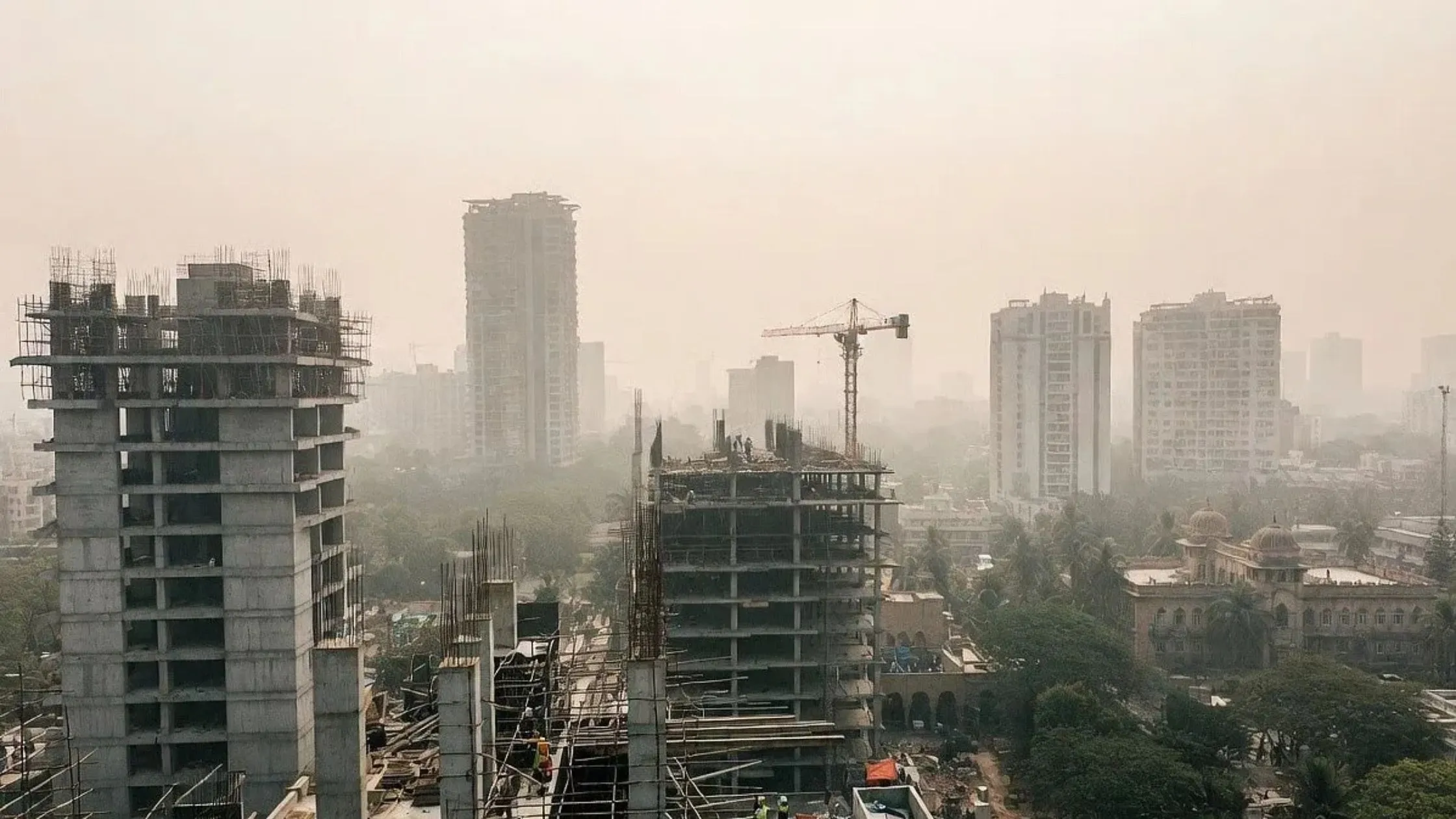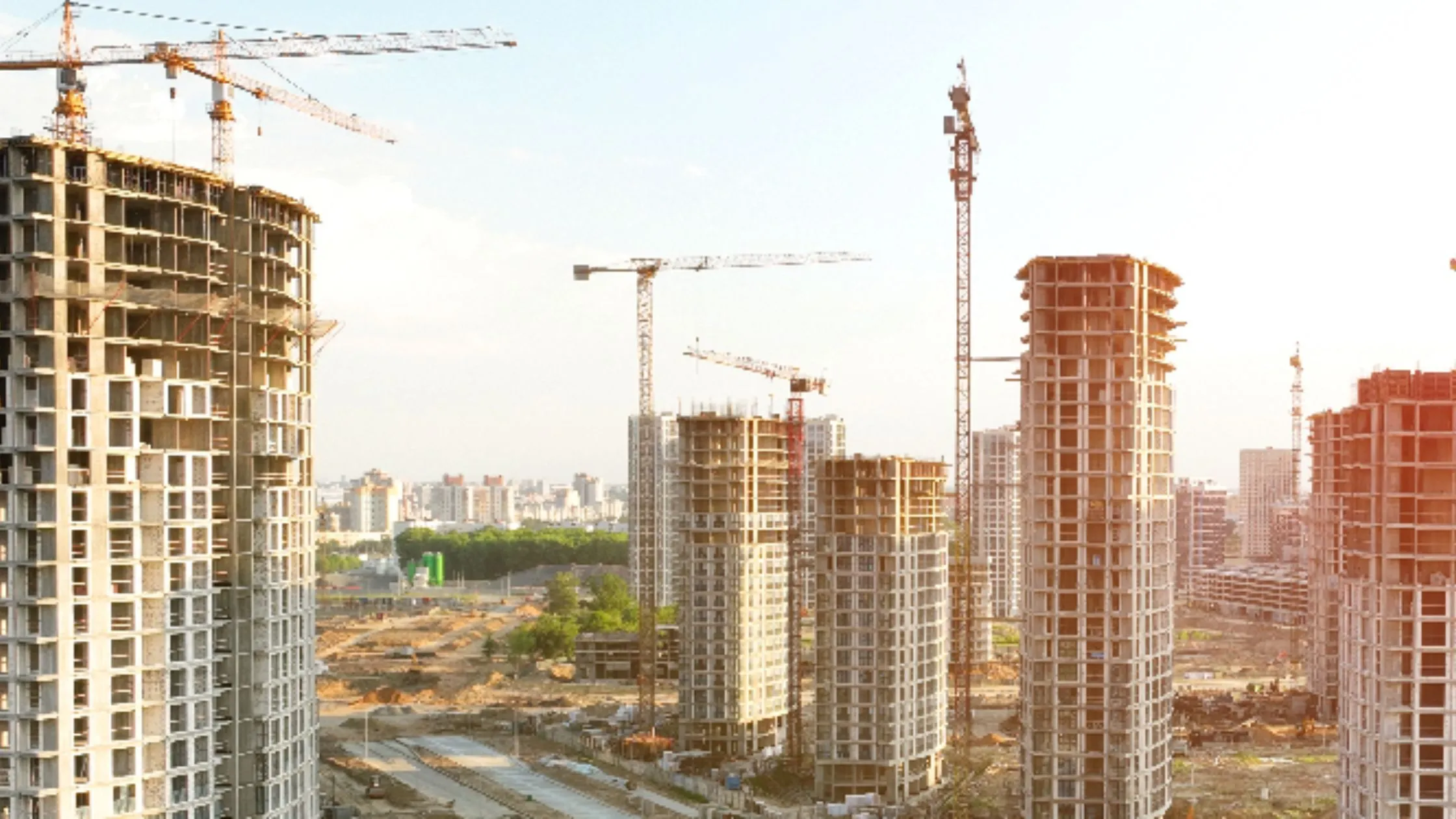Table of Content
The Indian government is working towards major GST reforms that aim to simplify tax structures and boost the real estate sector. Among the proposed changes is a significant reduction in the GST rate on essential construction materials such as cement from 28% down to 18%. These changes could lighten the tax burden on developers and potentially lower housing costs. But the key question remains: can GST reforms actually make homes more affordable for buyers, especially in the price-sensitive segments?
What Do the GST Reforms Include?
The government’s proposal seeks to rationalize GST into just two slabs 5% and 18%. For the real estate and construction industry, this is a crucial shift as most raw materials used in building projects currently attract higher tax rates.
Key highlights of the proposed GST reforms:
- Cement GST reduction from 28% to 18%.
- Lower tax rates for core construction inputs like steel and fixtures.
- Possible reintroduction of input tax credit (ITC), enabling developers to offset GST paid on materials against the tax collected on sales.
These changes could streamline compliance and reduce costs for developers, which might be passed on to homebuyers.
Also Read: PM Modi to Inaugurate Kolkata Metro Corridors: What It Means for Real Estate Markets
Impact on Construction Costs and Developers
Construction material costs form a large portion of any real estate project’s budget. Cement, steel, sanitary fittings, and electrical components collectively contribute significantly to overall costs.
Under the revised GST reforms, lower tax rates can ease the financial burden for developers by reducing overall input expenses. Moreover, if ITC is restored, developers can claim credits on taxes paid for raw materials, thereby improving project margins. This added financial flexibility could also encourage more housing launches, particularly in the affordable segment.
Will GST Reforms Lower Housing Prices?
The impact of GST changes will vary across housing categories:
- Affordable Housing: Currently taxed at 1%, affordable housing won’t see direct GST rate cuts. However, reduced material costs could lower overall project expenses, potentially reducing home prices by 2–4%.
- Mid-Segment Housing: A possible cut from 5% to 3% could reduce prices by 2–3%, making homes more attractive for middle-income buyers.
- Luxury Housing: While developers might save on inputs, high-end finishes and imported materials are often taxed at higher slabs, limiting any significant price drop.
Rising Construction Costs and Their Role in Pricing
Over the last five years, construction costs have seen a sharp increase of about 40%. For example, the average cost for Grade A residential projects rose from ₹2,200 per sq. ft in 2021 to nearly ₹2,800 per sq. ft by 2024.
A closer look at costs across segments:
- Affordable Housing: ₹1,500–2,000 per sq. ft
- Mid-Range Housing: ₹2,000–2,800 per sq. ft
- Luxury Housing: ₹3,000–5,000+ per sq. ft
Since construction costs play a direct role in pricing, any reduction in input taxes can help stabilize or even reduce property prices.
How Cost Increases Affect Buyers and Developers
In most cases, developers transfer 5–6% of increased input costs to buyers. Affordable housing developers, already operating on thinner margins, are more sensitive to cost spikes. Even a ₹500–800 per sq. ft increase can place a significant financial burden on price-sensitive buyers.
Larger developers and those in the premium housing segment are better positioned to absorb cost hikes due to higher profit margins and brand leverage. This imbalance highlights why reforms targeting affordable housing are particularly critical.
Impact on Affordability and Market Demand
If implemented effectively, GST reforms could ease cost pressures, improve housing affordability, and revive stalled affordable housing projects. Metro cities like Mumbai, Delhi NCR, and Bengaluru where construction costs are highest are likely to witness the most significant benefits.
Better affordability could also fuel demand across mid-segment homes, encouraging developers to launch new projects and expand into underserved micro-markets.
Also Read: Maharashtra Housing Policy 2025: RERA-like Law Proposed for Redevelopment Projects
Challenges and Limitations
Despite the potential benefits, GST rationalization is not a silver bullet. Land acquisition costs, regulatory fees, and financing expenses continue to drive property prices higher. Additionally:
- Developers may choose to retain cost savings rather than pass them on.
- Luxury housing projects may see minimal pricing impact due to high-end imports taxed at higher rates.
- Competitive market dynamics will determine how much of the savings reach end-buyers.
Conclusion:
The proposed GST reforms have the potential to reshape India’s real estate landscape. By cutting tax rates on construction materials and simplifying compliance, these reforms could reduce input costs, benefiting both developers and homebuyers.
However, their true impact on affordability will depend on factors like ITC restoration, competitive pricing, and policy support for land costs. If executed well, these reforms could be a catalyst for increased housing supply, improved affordability, and stronger demand especially in the affordable and mid-income segments.
Follow AquireAcers Whatsapp Channel to Stay Updated With The Latest Real Estate News




_1766473246.webp)


Ans 1. The government plans to simplify GST into two slabs, with construction materials like cement possibly dropping from 28% to 18%. It may also reintroduce input tax credit, helping developers offset taxes paid on raw materials.
Ans 2. A reduction in GST rates can ease project costs for developers by lowering expenses on cement, steel, and fittings. With ITC restored, they could claim credits, improving their margins and financial flexibility.
Ans 3. They could, but the impact will vary by segment. Lower input costs may reduce home prices slightly, especially in affordable and mid-range housing, where buyers are more price-sensitive.
Ans 4. Not directly, since affordable housing GST is already low at 1%, but reduced construction costs could make projects cheaper by around 2–4%, improving affordability indirectly.
Ans 5. Mid-segment homes might benefit from a possible GST cut on sales and cheaper construction materials. Prices could see a moderate drop, making these homes more attractive to middle-income buyers.
Ans 6. Luxury projects may not see major price reductions since high-end finishes and imports are taxed at higher rates. Developers might still benefit from lower material costs, but savings may not fully reach buyers.
Ans 7. Construction costs have increased about 40% over five years due to higher prices for cement, steel, and other inputs. This has directly pushed up property prices across segments.
Ans 8. Developers often pass increased costs to buyers, especially in affordable housing where margins are thin. Larger developers in premium projects can absorb some of these costs due to higher profit buffers.
Ans 9. Land costs, regulatory fees, and financing expenses play a big role in property pricing. Even with GST reforms, these factors will continue influencing overall affordability.
Ans 10. They can help but aren’t the sole solution. If paired with policy support on land and financing, GST reforms could ease costs and boost supply, making affordable and mid-income homes more accessible.